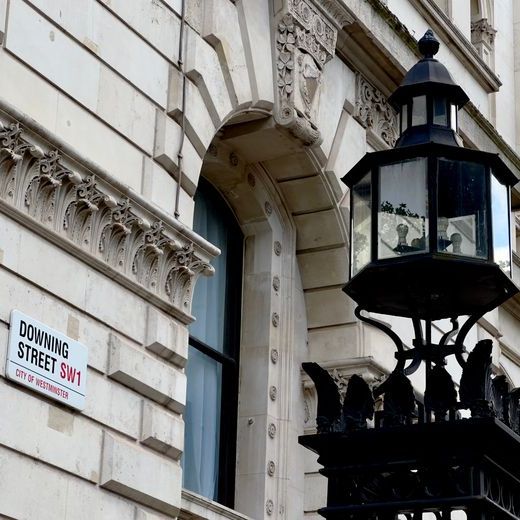As we look ahead to 2025, the UK’s commercial real estate landscape reveals key opportunities and trends, specifically within the office and retail spaces. In our recent webinar, hosted by Director of Debt Finance, Greg Manson, industry experts Ben Holmes of Ashfield Land and Elliot Stern of Compton shared valuable insights on how tenant expectations, sustainable development, and shifting market dynamics are shaping the commercial property sector. Throughout the session, we polled attendees—including commercial property developers, investors, debt funds, brokers, and other industry influencers—to capture their perspectives on the year’s best opportunities.
High interest rates as the key driver in 2024
One of our poll questions asked, “Which factor has had the most significant impact on your commercial property activity in 2024?” Of the respondents, a substantial 79% pointed to high interest rates and the cost of debt as the dominant factor. This sentiment reflects the challenges commercial property stakeholders have faced throughout 2024.
Greg and Ben discussed how these high borrowing costs are affecting investment decisions, particularly for assets needing extensive redevelopment or repositioning. Ben highlighted that, while some assets remain attractive even in a higher-rate environment, the increased cost of debt has caused investors to reassess risk and project returns more cautiously. Both Ben and Elliot noted that, with interest rates impacting cash flow projections, businesses are becoming increasingly selective about long-term commitments, making careful tenant analysis and tailored offerings essential for success in 2025.
Out-of-town vs central London office spaces
In considering growth areas for 2025, we polled attendees on where they saw the best opportunities. Out-of-town or regional offices emerged as the top choice, capturing 38% of the votes, while central London office spaces followed at 27%.
Ben noted that regional office spaces offer a unique opportunity, particularly in areas where demand is high, but supply has remained relatively constrained. These spaces often come with lower rents and greater flexibility, allowing landlords and developers to create tailored, cost-effective offerings that appeal to tenants seeking alternatives to high-cost central London. Both Ben and Elliot agreed that, as companies focus on managing costs, regional offices with strong infrastructure and transport links will remain highly attractive options. Additionally, there is always the option of repurposing obsolete offices, where the local market dynamics, and local planning departments, allow.
At the same time, Elliot highlighted the enduring appeal of central London offices, which benefit from liquidity and stability and continue to draw in businesses needing a well-connected hub for their workforce. The panelists agreed that offices, whether in London or regional markets, still play a crucial role in fostering collaboration and reinforcing company culture. With many businesses now committing to FRI (Fully Repairing and Insuring) leases, this underscores the importance of understanding tenant priorities and offering flexible leasing options where needed.
Sustainability: A priority for investors and tenants
Sustainability remains a key priority in 2025 for both investors and tenants. The panelists explored whether sustainability is more tenant-driven or investor-led, concluding that there is a strong commitment from both sides with a “green premium” emerging for assets with high BREEAM or EPC ratings.
Ben pointed out that upcoming minimum energy efficiency standards are also pushing developers to future-proof their properties. Tenants are increasingly seeking ESG-aligned spaces, particularly as corporate sustainability goals become central, making sustainable assets well-positioned for premium rents and long-term value.
Retail: Renewed interest in out-of-town locations
The poll results also revealed growing interest in retail parks from the audience. Ben noted that as consumers seek alternatives to online shopping, demand for accessible, experience-driven retail spaces is rising. Elliot added that while online shopping remains strong, there’s still a ‘romantic’ appeal in physical stores, especially in well-located out-of-town and high street areas. These retail formats are set to see growth by catering to evolving consumer preferences, blending convenience with in-person engagement.
Looking forward
The UK’s commercial property market offers a mix of opportunities for 2025, with both office and retail spaces adapting to changing tenant expectations and economic conditions. From sustainable, amenity-rich office spaces to out-of-town retail environments catering to in-person shopping, those anticipating these shifts will be best positioned for success.
We’d like to thank Ben Holmes, Elliot Stern, and our host, Greg Manson, for their valuable contributions to this discussion. To explore these insights in more depth, watch the full recording of our recent webinar. Or, if you’d like to discuss how these trends could impact your commercial property portfolio, please reach out to our team via [email protected].


